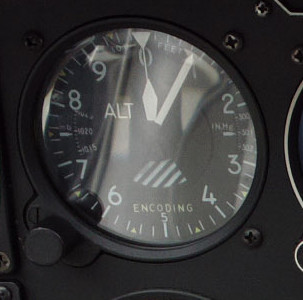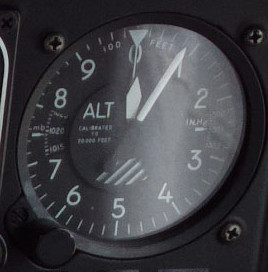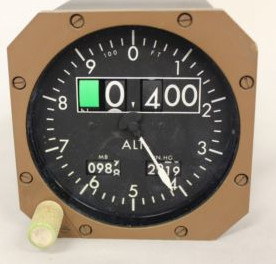peter-h
Line Up and Wait
I have the KEA130A on the LHS and a similar looking "cheap" one on the RHS (United Instruments).
LHS:

RHS:

Both are as fitted in the factory, year 2002, and the aircraft was built to the US Type Certificate. It is currently N-reg.
I would like to replace the RHS one with the single pointer type e.g.

Is there any regulation prohibiting this?
My understanding is that you can install "anything" in the RHS panel (of a single pilot aircraft, of course) provided that
- the item is TSOd or PMAd
- the aircraft TCDS doesn't say anything to the contrary
- you aren't removing anything which is in the TCDS
- load analysis is OK, etc
- it is not EFIS (that needs an STC)
- there is no autopilot connection
- no existing AFMS needs altering as a result
What concerns me is whether there is a legal requirement for both altimeter types to match visually.
AIUI this would be a Minor Alteration because it is not a "basic change" to the static system and the function is equivalent.
LHS:

RHS:

Both are as fitted in the factory, year 2002, and the aircraft was built to the US Type Certificate. It is currently N-reg.
I would like to replace the RHS one with the single pointer type e.g.

Is there any regulation prohibiting this?
My understanding is that you can install "anything" in the RHS panel (of a single pilot aircraft, of course) provided that
- the item is TSOd or PMAd
- the aircraft TCDS doesn't say anything to the contrary
- you aren't removing anything which is in the TCDS
- load analysis is OK, etc
- it is not EFIS (that needs an STC)
- there is no autopilot connection
- no existing AFMS needs altering as a result
What concerns me is whether there is a legal requirement for both altimeter types to match visually.
AIUI this would be a Minor Alteration because it is not a "basic change" to the static system and the function is equivalent.
Last edited:
